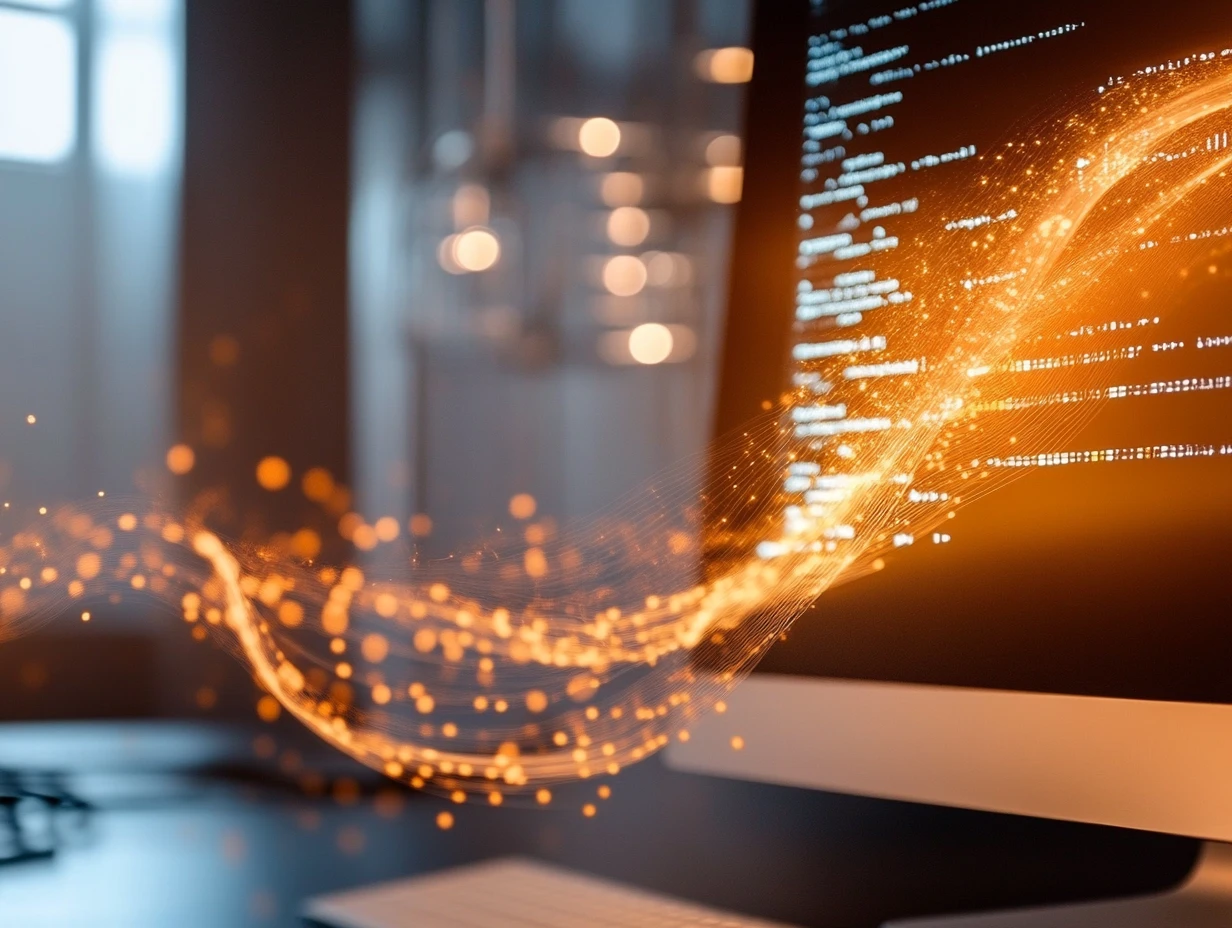Customers linguistic assets have transformed how organizations handle and streamline multilingual content. Originally, TMs and TBs were straightforward tools for storing and reusing translated phrases and standardised terms, respectively, helping translators maintain consistency and efficiency. However, over the years, the rapid growth of translation technology and localisation tools has taken these linguistic assets to the next level, improving the quality and accuracy of multilingual content across global markets.
The early days: Efficiency and consistency
Initially, translation memories allowed translators to access previously translated segments from specific projects, increasing translation speed and ensuring consistency. Meanwhile, terminology databases provided a repository of approved brand- or industry-specific terms, reducing the likelihood of inconsistent terminology. Together, TMs and terminology databases became essential linguistic resources for translation quality and terminology management, ensuring that large multilingual projects adhered to brand standards across all languages.
The shift towards greater personalisation
As more companies began to recognise the importance of brand-specific language, the demand grew for tools capable of integrating highly specialised terminology and adapting to the evolving language of each sector. This led to the rise of more advanced and customisable CAT (computer-assisted translation) tools, in which TMs and terminology databases were refined and adapted to meet each organisation’s linguistic needs. These innovations allowed businesses to incorporate linguistic resource management into every project, ensuring that translated content resonated with diverse, international audiences.
The AI revolution: Using TMs and terminology databases to enhance AI
The latest evolution in translation technology has introduced artificial intelligence, bringing a new level of sophistication. Modern AI tools can seamlessly integrate client TMs and terminology databases, enabling advanced personalisation and higher quality throughout content creation and localisation workflows.
For example, AI can analyse TMs and terminology databases to identify language and contextual patterns, ensuring that phrases are translated accurately and align with a brand’s tone and style. AI can also help detect inconsistencies in large datasets, allowing teams to continuously refine their TMs and terminology databases — which in turn improves translation quality and reduces costly errors.
The future of TMs and terminology databases in the AI era
The integration of TMs and terminology databases with AI is transforming the language services industry. As organisations increasingly prioritise quality and brand-adapted localisation, AI-powered tools enhanced with client TMs and terminology databases offer a future-proof solution. By combining these traditional linguistic resources with AI-driven solutions, organisations can achieve translations that are faster, more accurate, higher in quality, and perfectly tailored to each target market and audience.
Harness the potential of your linguistic resources in the AI era
Take full advantage of your linguistic assets in the age of AI. We offer a wide range of AI-based solutions designed to support your organisation’s growing localisation needs.
Get in touch


